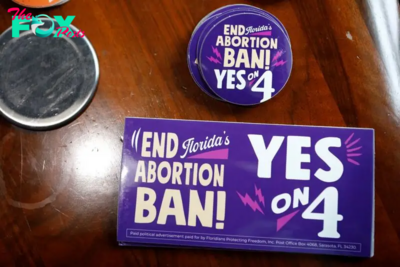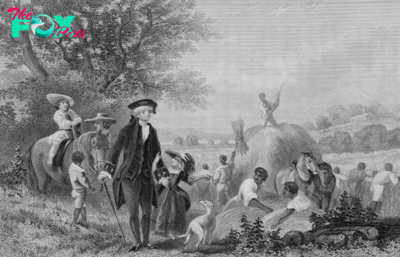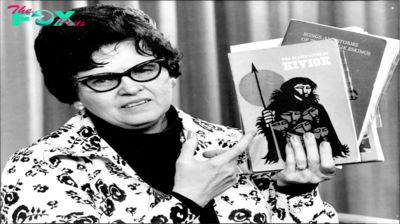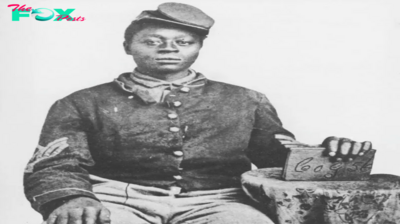History
How Netflix Docuseries Hitler and the Nazis: Evil on Trial Takes a New Approach to the Holocaust
Despite the countless documentaries, movies, TV shows, and books on World War II, 63% of American millennials and Gen Z do not know that 6 million Jews were murdered in the Holocaust, according to a 2020 state-by-state survey conducted by the Conference on Jewish Material Claims Against Germany. The survey found that 48% could not name a concentration camp or ghetto.
Netflix hopes to change that with Hitler and the Nazis: Evil on Trial, an ambitious new World War II documentary out Wednesday that’s geared towards younger audiences. Over six episodes, the documentary traces Adolf Hitler’s rise to power and the major milestones of WWII.
While the documentary covers a lot of well-trodden ground, the goal is to tell the story of WWII in a new engaging way for younger audiences. For example, in addition to interviews with academics and archival footage that are typical of WWII documentaries, it features actors recreating key moments in the history of the war, giving the series the feel of watching a silent movie.
Here are some of the biggest revelations from Evil on Trial.
What Hitler’s personal life tells us
Hitler’s personal history paints a picture of someone who desired to be famous from a very young age. Born in Austria, he dreamed of becoming a renowned artist. But he was rejected by Vienna’s top fine arts institute because he could only paint landscapes and couldn’t paint people very well. While living in a men’s shelter for a few years, he sold paintings copied from postcards. His worldview was shaped by “blaming other people for his misfortune and the rabid anti semitism that existed in Vienna at the time,” Joe Berlinger, director of Evil on Trial, tells TIME.
In the second episode, actors reenact young Hitler’s obsession with his niece Geli Raubel in the early 1930s. The young Nazi leader wanted her to become a great opera singer and paid for her lessons, and they even lived together in Munich—sparking rumors in the local press that they were dating. But she found him too domineering, and in 1931, she shot herself with Hitler’s pistol in his apartment. The Scandal was in every newspaper, but it did not affect his popularity.
Why Hitler and the Nazis: Evil on Trial was made
The fifth episode of the docu-series explores the pivotal moment when Nazi leaders started building extermination camps. Officers had been shooting Jews to death, and drinking a lot while doing it to cope. According to Boston College historian Devin Pendas, Nazi leaders looked for a more efficient way to murder Jews en masse in order to protect officers’ well-being. “This shows the perversity of the moral priorities that the Nazis have,” Pendas says in the episode. “They acknowledge that this is emotionally traumatic—but only for the killers.” Nazi leaders finalized plans for a mass extermination of the Jewish population at the Wannsee Conference on Jan. 20, 1942, in Berlin, and the plan has come to be known as the “Final Solution.”
The episode then shows how the Final Solution remained largely unknown to the general public until footage of the atrocities was played during the Nuremberg Trials (1945-1946), the international tribunal convened after WWII to bring Nazi leaders to justice. Prosecutors played footage of dead bodies collected by top filMMAkers of the day, Roman Karmen, John Ford and Budd Schulberg.
“Some of the defendants do hang their heads in shame, but a lot of them seem bored which is pretty appalling if you think about the fact that these defendants are responsible for that,” Pendas explains.
Overall, Berlinger hopes the docu-series will show younger viewers worldwide that “democracy is fragile” and help them better spot authoritarians in governments. Through the History and horrors of the Holocaust—the propaganda and dehumanization—it’s a warning that “normal people can do horrific things.”
-

 History1w ago
History1w agoThe Democratic Party Realignment That Empowered Trump
-

 History1w ago
History1w agoWhy People Should Stop Comparing the U.S. to Weimar Germany
-

 History1w ago
History1w agoFlorida’s History Shows That Crossing Voters on Abortion Has Consequences
-

 History1w ago
History1w agoThe 1994 Campaign that Anticipated Trump’s Immigration Stance
-

 History2w ago
History2w agoThe Kamala Harris ‘Opportunity Agenda for Black Men’ Might Be Good Politics, But History Reveals It Has Flaws
-

 History2w ago
History2w agoLegacies of Slavery Across the Americas Still Shape Our Politics
-

 History2w ago
History2w agoKamala Harris Is Dressing for the Presidency
-

 History2w ago
History2w agoWhat Melania Trump’s Decision to Speak Out on Abortion Says About the GOP



























